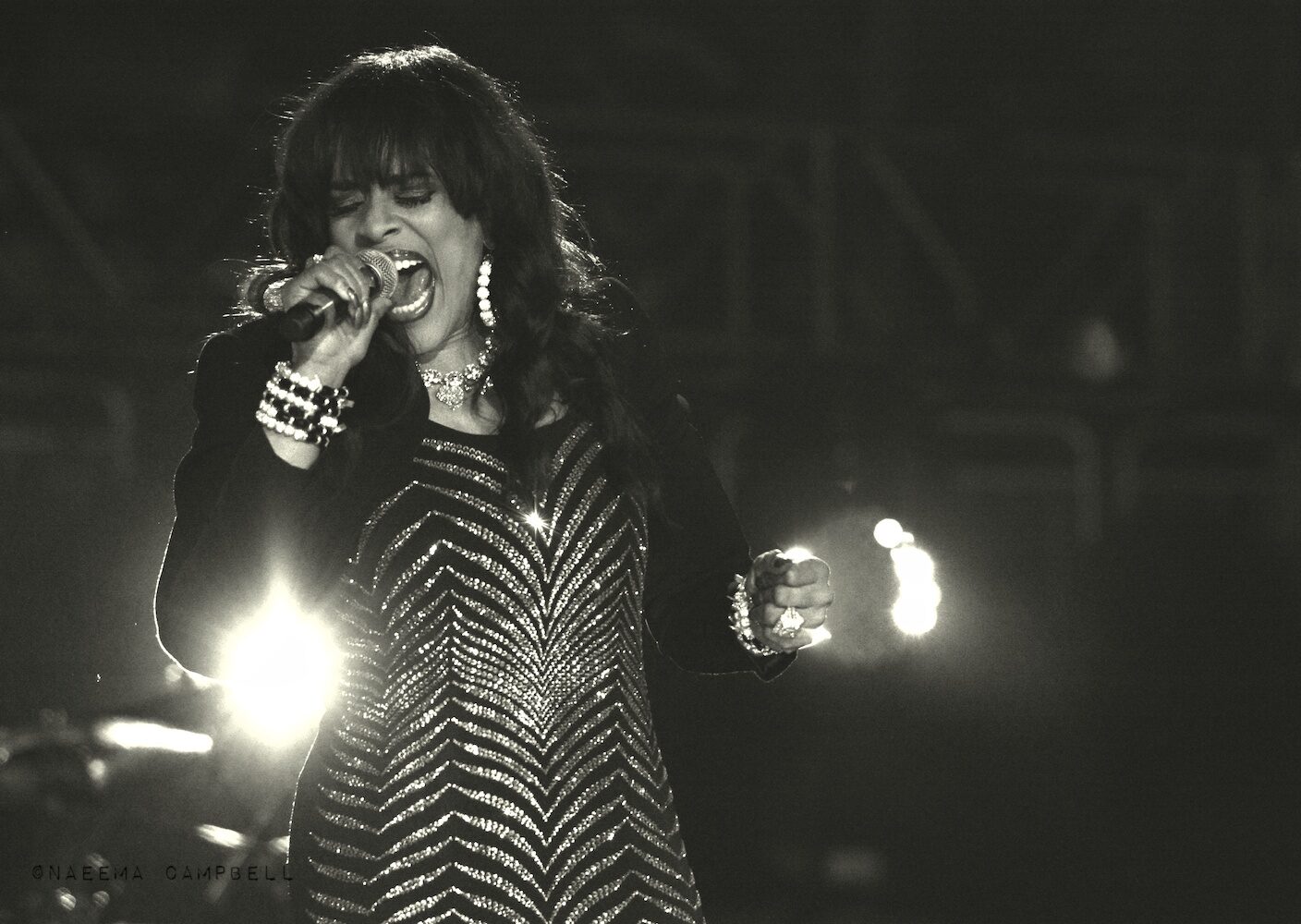
I finally finished reading and watching, Invisible Child: Dasani’s Homeless Life. It is the largest multimedia investigative endeavor that the The New York Times has undertaken. So, I am wondering how much it cost to produce this bit of journalism?
Andrea Elliott did a superb job at capturing the complex life Dani and her family lead. For many parts of the article, as a reader I felt like I was right there with them. Despite, Elliott’s journalistic capabilities, the article was really difficult to read. The feelings it stirred inside left me haunted and disturbed for a few hours. Of course, it doesn’t compare to the suffering that Dani and her family endure, but nonetheless I am human and empathize with them.
Scratch that, the 5-part series left me with a deep pang of sadness inside. If I can feel like this, how did the writer and photographer feel throughout the 15-month period of creating this piece?
Seeing a person in need moves me. Sometimes I feel anger. But, the more I evaluate what feelings this investigation aroused, I discover frustration and dose of annoyance. As Ruth Fremson, the staff photographer so eloquently wrote, “I wonder what it says about our society that in one of the wealthiest cities, in one of the wealthiest countries on earth, the city’s own sanctuary provides shredded, rotting mattresses for children.”

Hey Naeema! I stumbled on your blog from Colored Girl Confidential.
Thanks for sharing this article & your thoughts! I’ve bookmarked it for later reading. I’m on the west coast and we have a similar issue (and we’re also a wealthy city). We have a lot of individuals who need professional help for mental health issues.
Thanks for reading Jennifer!
I haven’t made it to the west coast yet, but I heard about the stark wealth inequality. And yes, mental health issues are a barrier for homeless people.